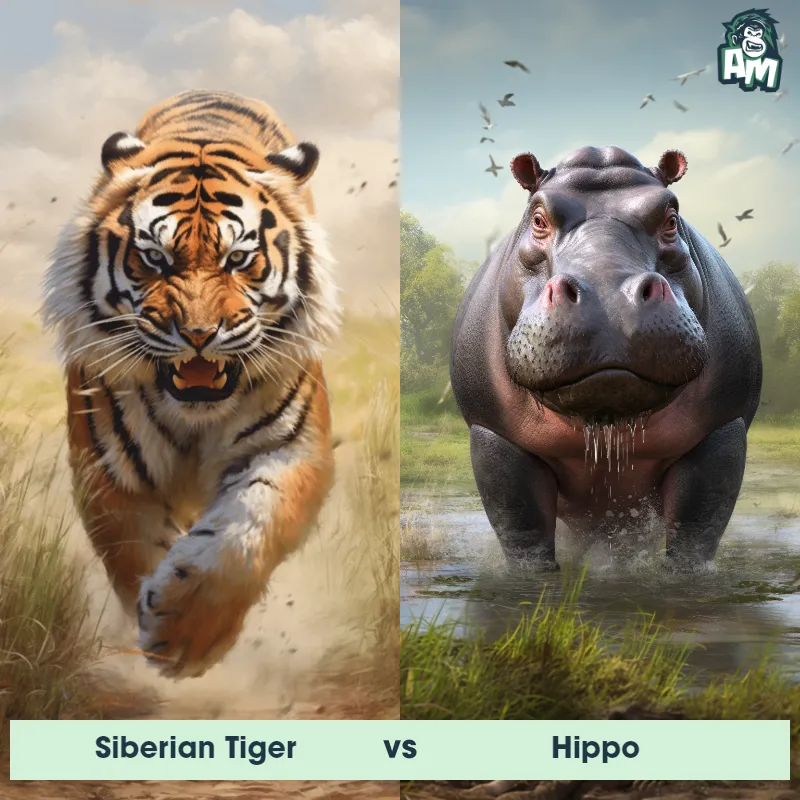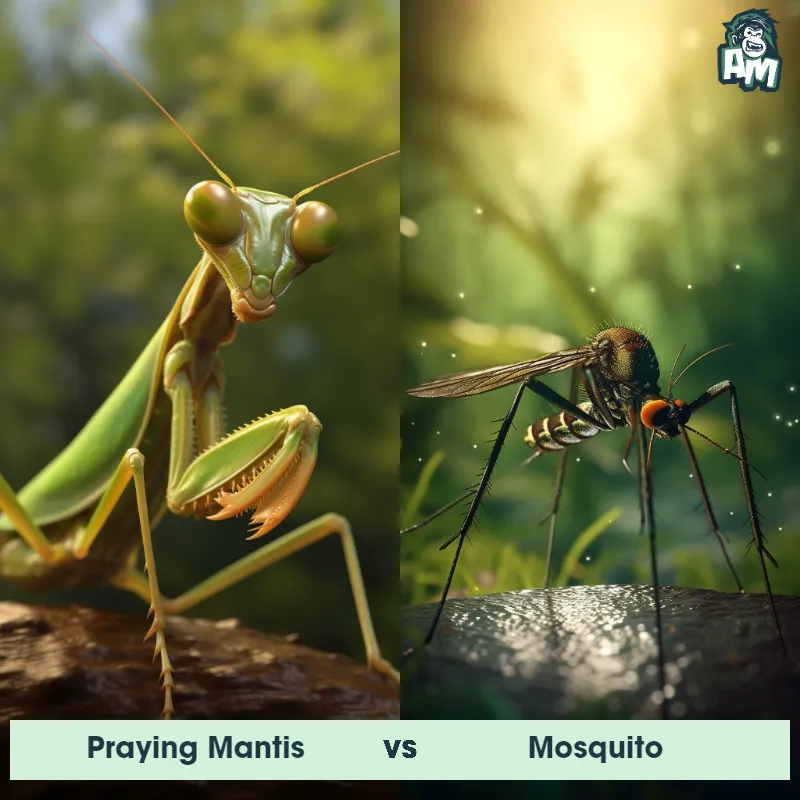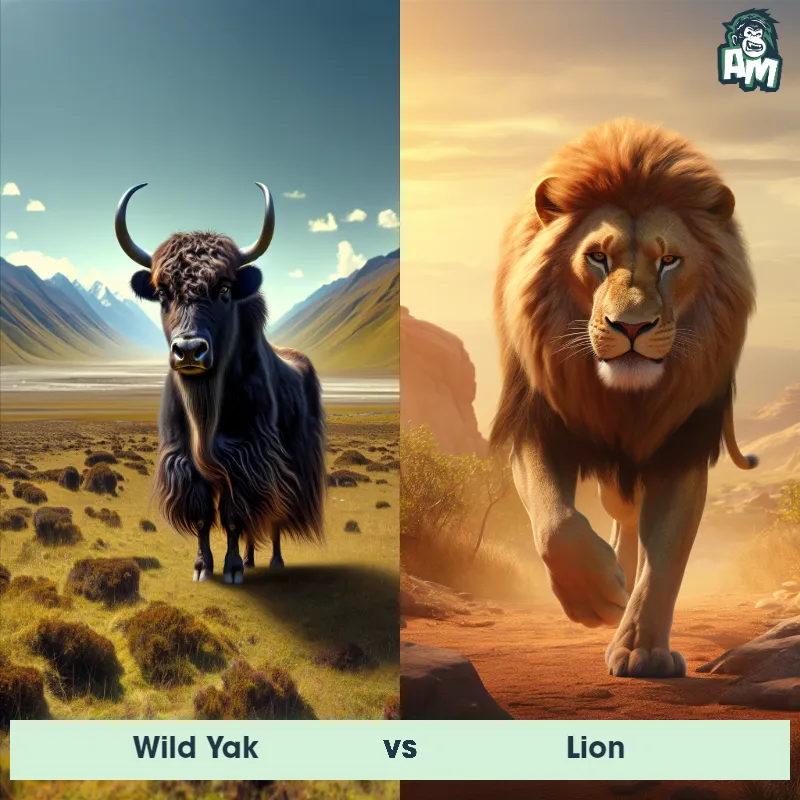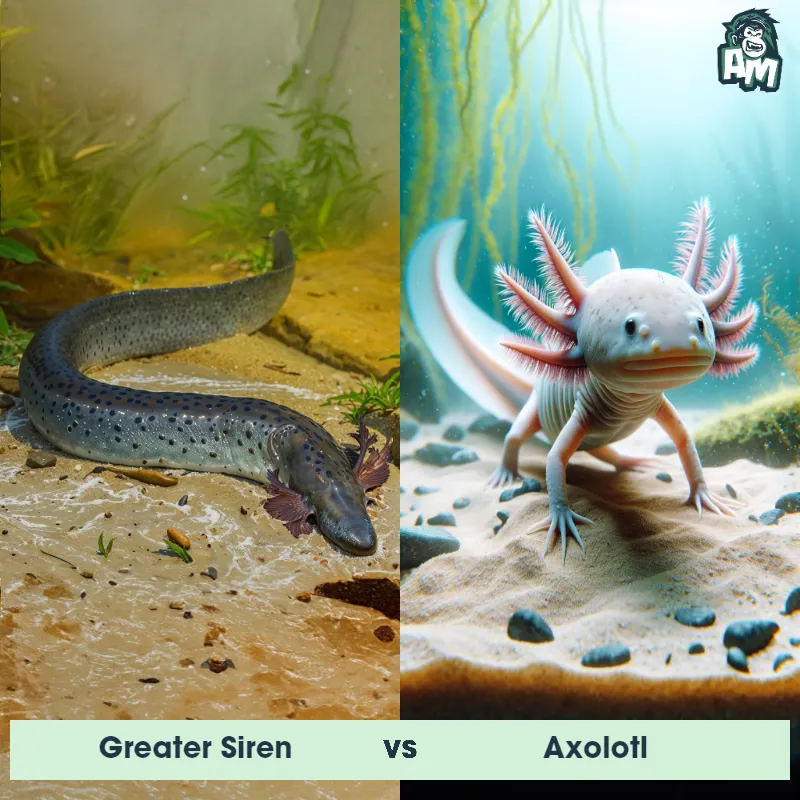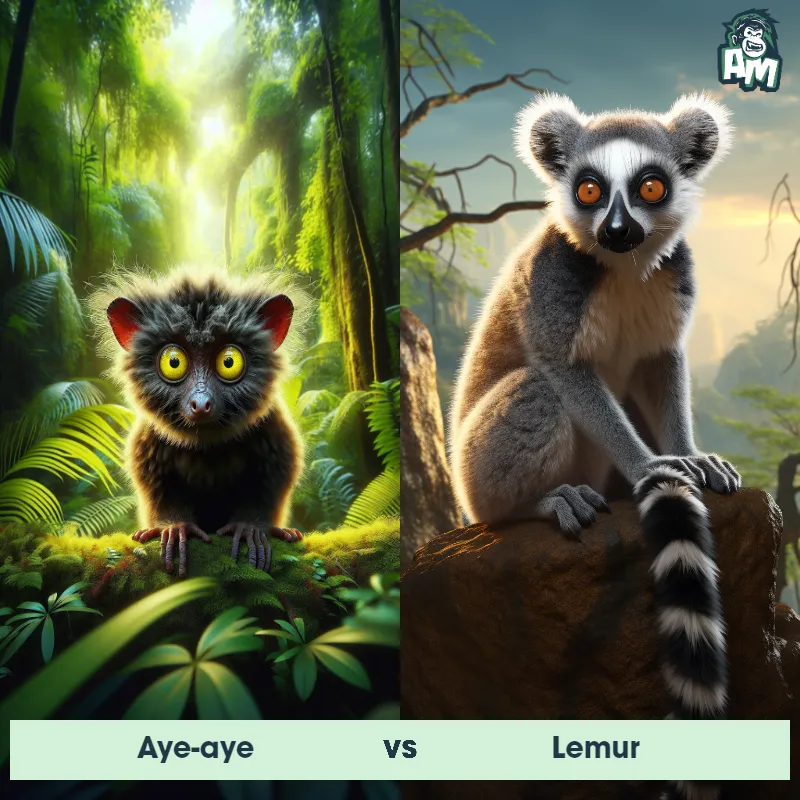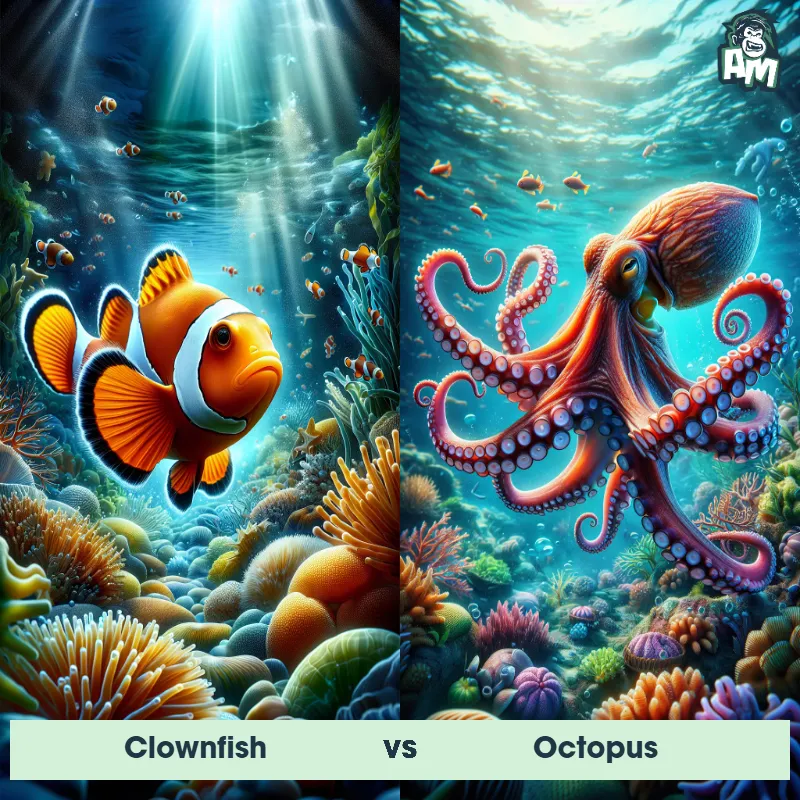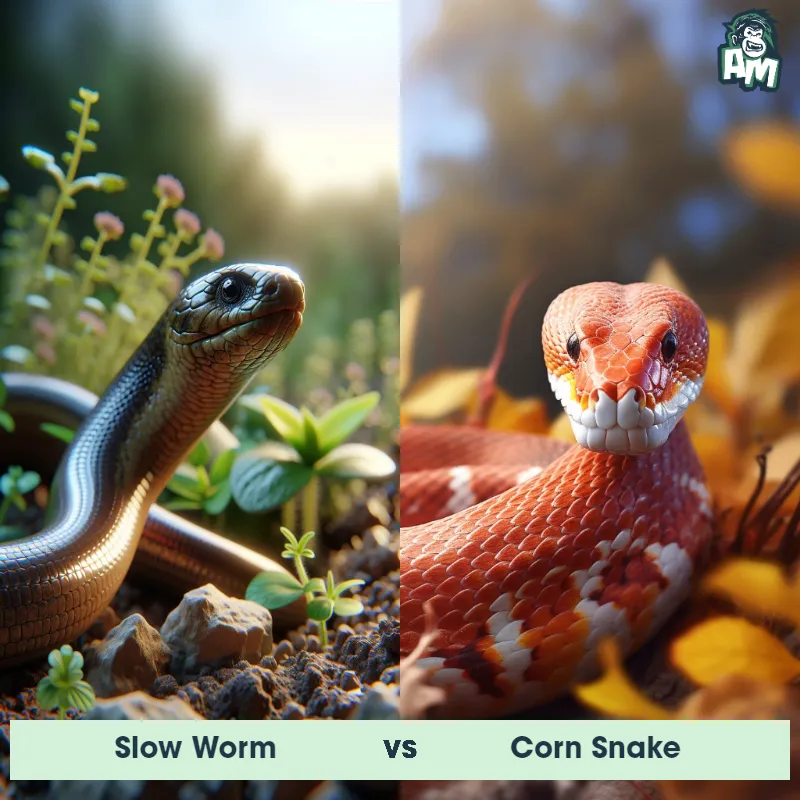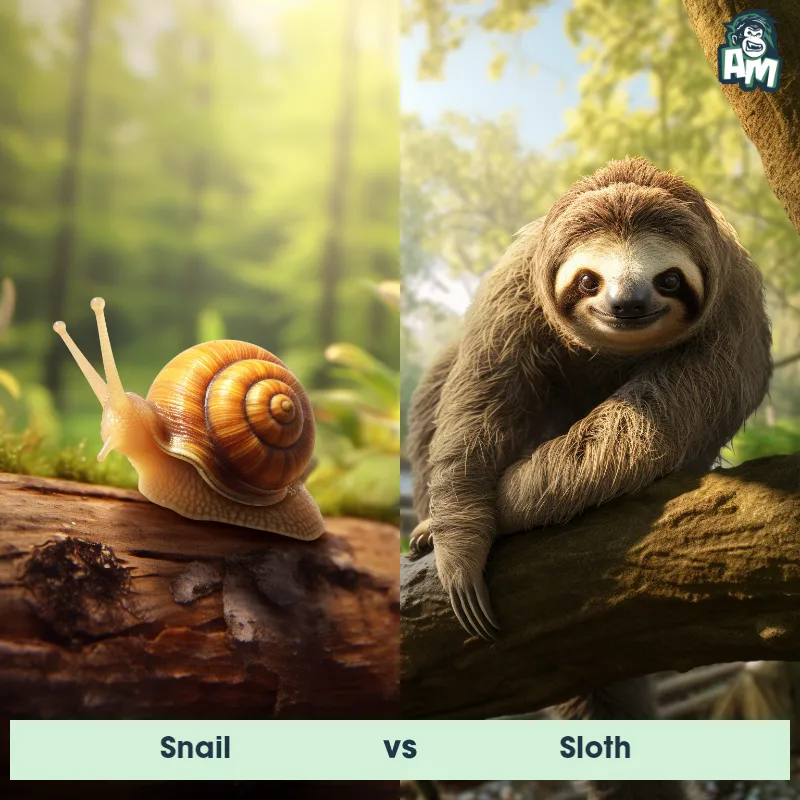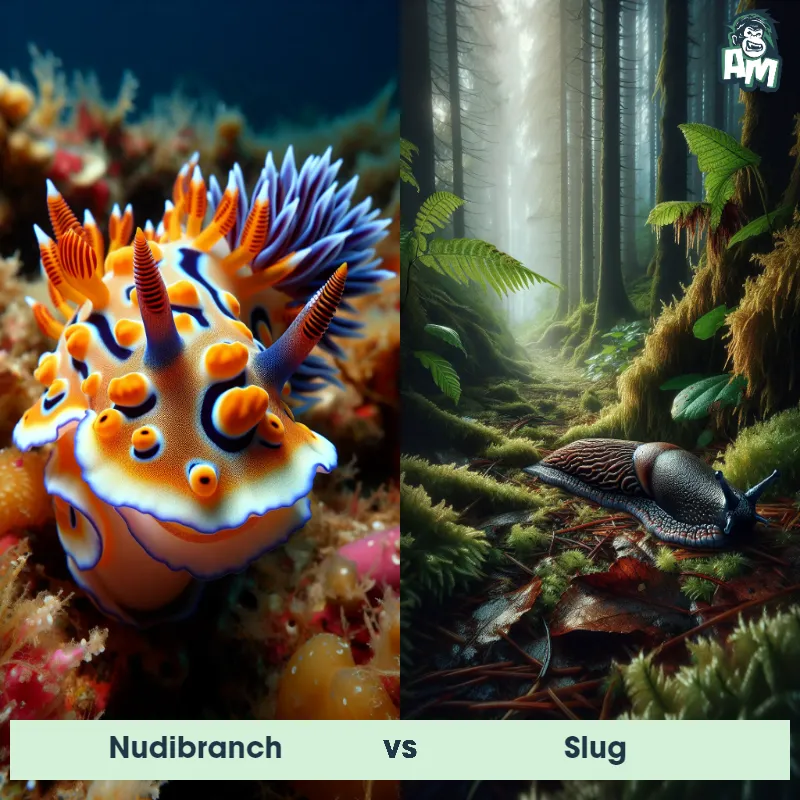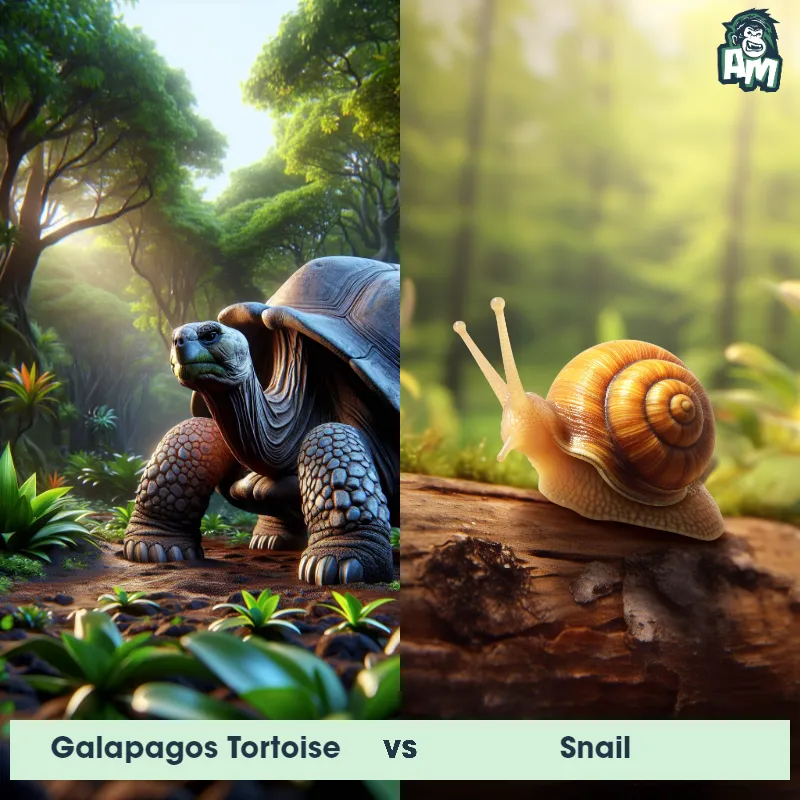Snail vs SlugSee Who Wins
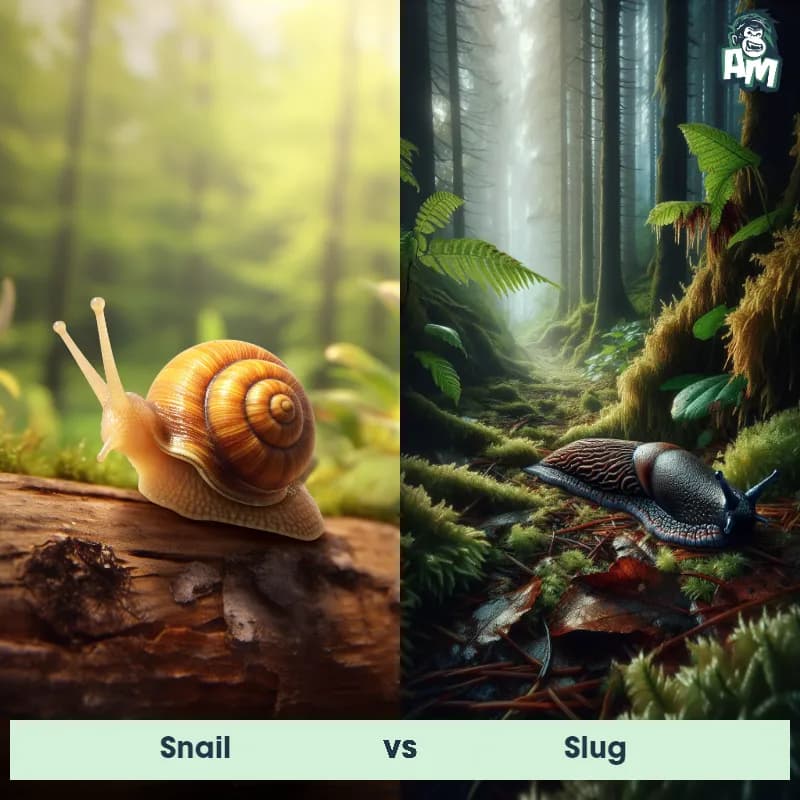
Ladies and gentlemen, tonight's fight brings to the arena two unique contenders - a snail and a slug! Known for their slow, methodical moves and high endurance, these two slime-laden contestants are set for an intriguing and climactic confrontation. As they inch their way towards the center of the ring, they eye each other in anticipation of the slow-paced struggle that lies ahead. With their glossy, membranous bodies gleaming under the arena lights, they're ready to commence the battle.
Contender 1: Snail
The snail is a small mollusk, recognized by its coiled shell, which it carries on its back and can retreat into for protection. Snails can be terrestrial, freshwater, or marine, and they possess a muscular 'foot' used for locomotion and a head with tentacles that contain eyes. The size of snails can vary considerably, from a few millimeters to several inches in diameter, depending on the species. Known for their slow movement, snails leave behind a trail of mucus as they move, which aids in their movement over rough surfaces.
Fun Fact: Despite their reputation for being slow, some species of snails can reach a top speed of 1.3 cm/s, which, while still not fast in human terms, is relatively impressive for their size.
Contender 2: Slug
The Slug is a soft-bodied mollusk that lacks a shell, a trait that distinguishes it from snails. These creatures are best recognized by their elongated, slimy bodies, which can vary in color from yellow, green, black, to brown, depending on the species. Slugs move slowly, using a muscular foot that secretes mucus to facilitate locomotion. They are mostly nocturnal, hiding in damp areas during the day to avoid dehydration. The diet of a slug can include leaves, fungus, decaying plant material, and even other slugs.
Fun Fact: Slugs have the ability to regrow lost body parts, a trait known as regeneration, which helps them survive in the wild when threatened by predators.
Matchup Stats
| Snail | Slug | |
|---|---|---|
| Size | Varies from 0.1 inches to 12 inches (0.25 cm to 30.48 cm) | Up to 10 inches (25.4 cm) in length, depending on species |
| Weight | Varies from 0.01 ounces to 32 ounces (0.3 grams to 907 grams) | Up to 0.88 ounces (25 grams), depending on species |
| Speed | 0.03mph (0.05km/h) | 0.03mph (0.048km/h) |
| Key Strength | Ability to retreat into its shell for protection | Ability to regenerate lost body parts |
| Biggest Weakness | Slow movement | Slow movement and lack of protective shell |
Current Votes
Snail vs Slug
See Who Wins
View More Matches
Looking For More?
Similar Matches
Scientific Stats
| Snail | Slug | |
|---|---|---|
| Scientific Name | Gastropoda | Gastropoda |
| Family | Gastropod | Gastropod |
| Habitat | Terrestrial, Freshwater, Marine | Damp environments, often in forests, gardens, and other vegetated areas |
| Geography | Worldwide | Worldwide, except for extreme cold regions |
| Diet | Herbivore, Detritivore | Leaves, fungus, decaying plant material, and other slugs |
| Lifespan | 1 year - 10 years | 1 year - 9 years |
Key Differences between Snail and Slug
- Slime production: Slugs produce a thick layer of slime as they move, aiding in their locomotion, while snails do not produce as much slime.
- Appearance of the foot: Snails have a muscular foot that is usually flattened, allowing them to adhere to surfaces, while slugs have a softer, more cylindrical foot.
- Mobility: Snails are generally slower in movement due to the weight and structure of their shell, whereas slugs are more agile and can move faster.
- Shell: Snails possess a spiral-shaped shell on their back, while slugs lack this external protective covering.
- Tentacles: Snails have two pairs of tentacles on their head, with the upper pair being longer and equipped with eyes, while slugs have only one pair of tentacles.
- Body length: Snails tend to have a longer body length compared to slugs, as their shell contributes to their overall size.



